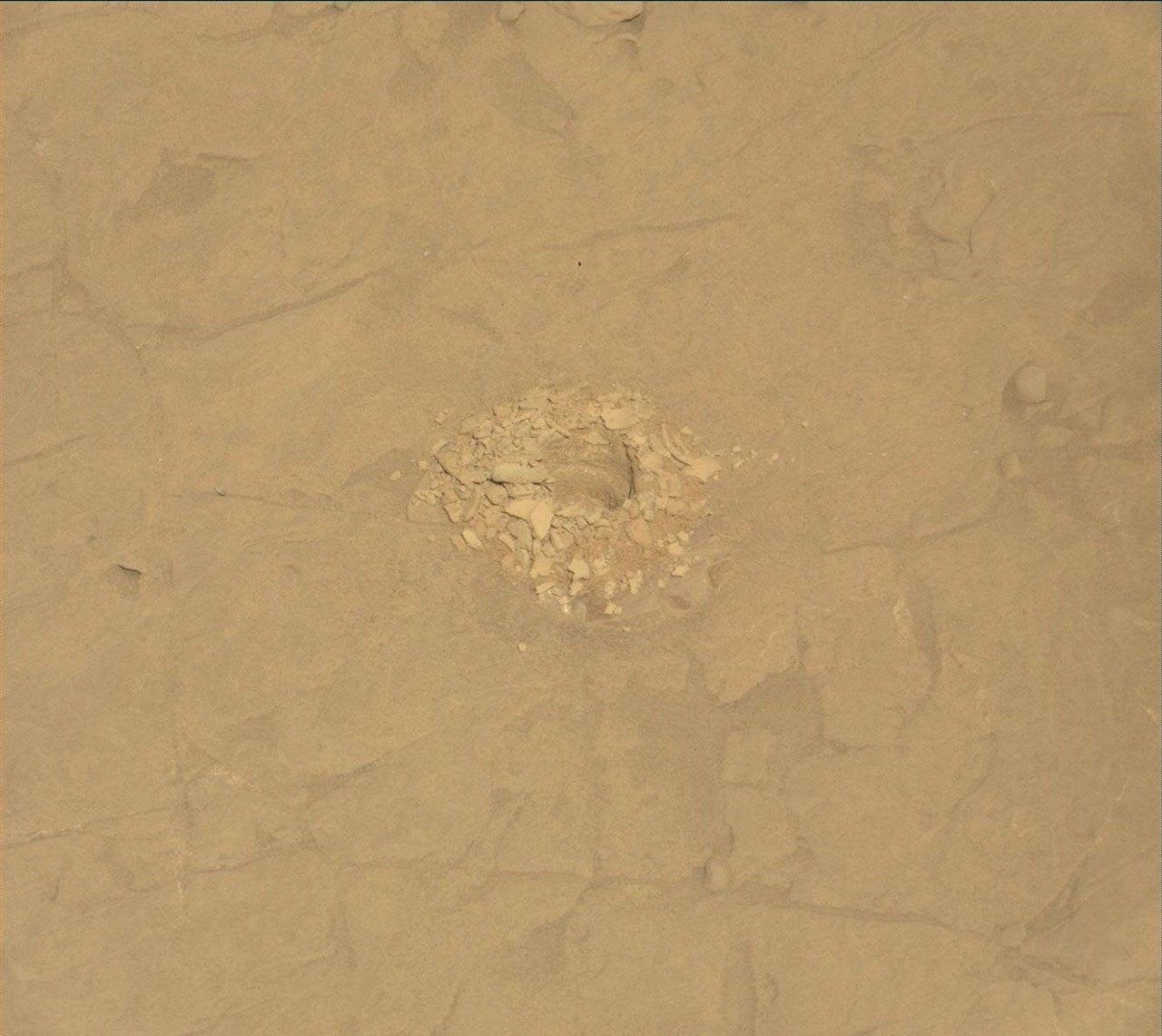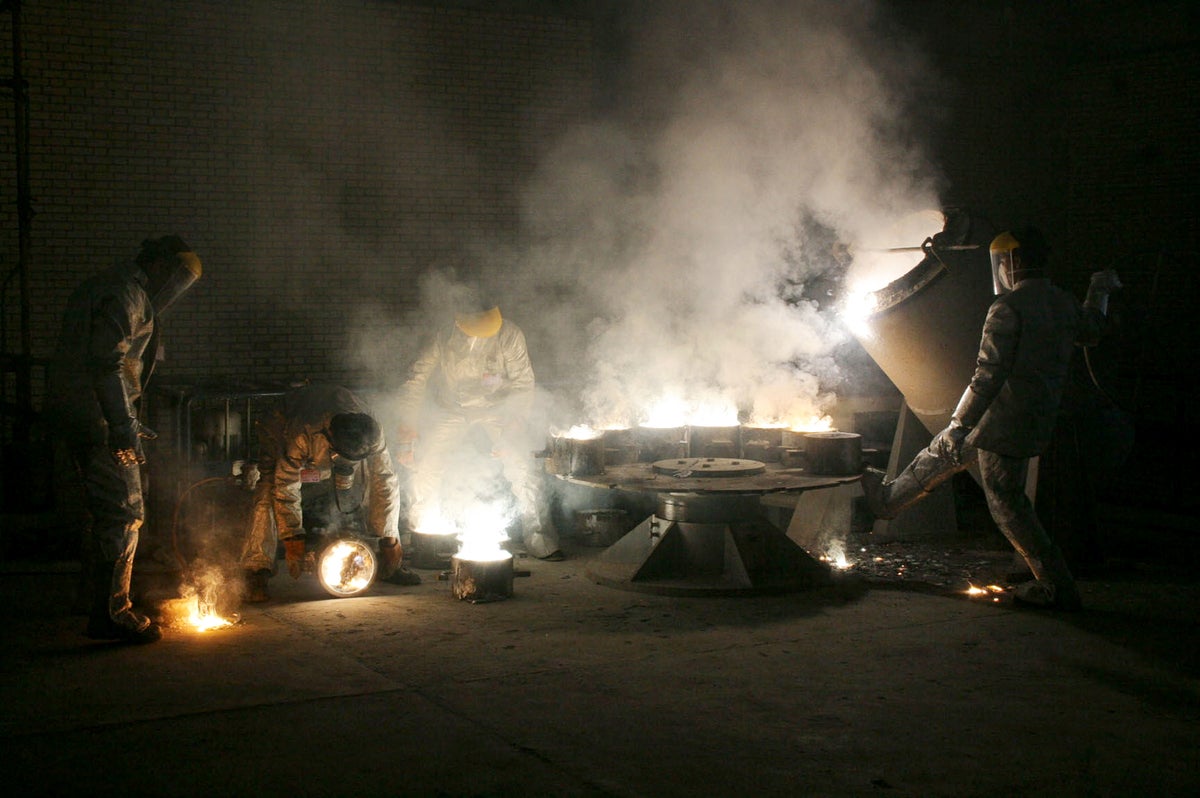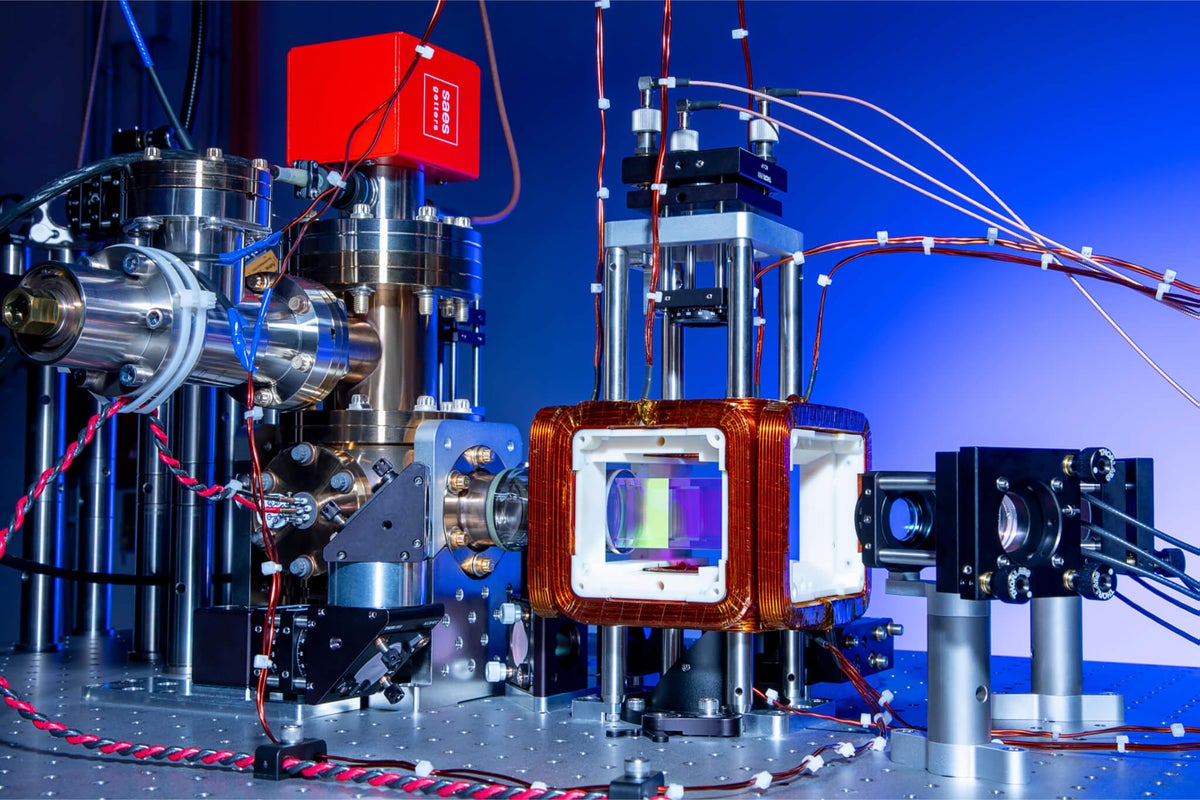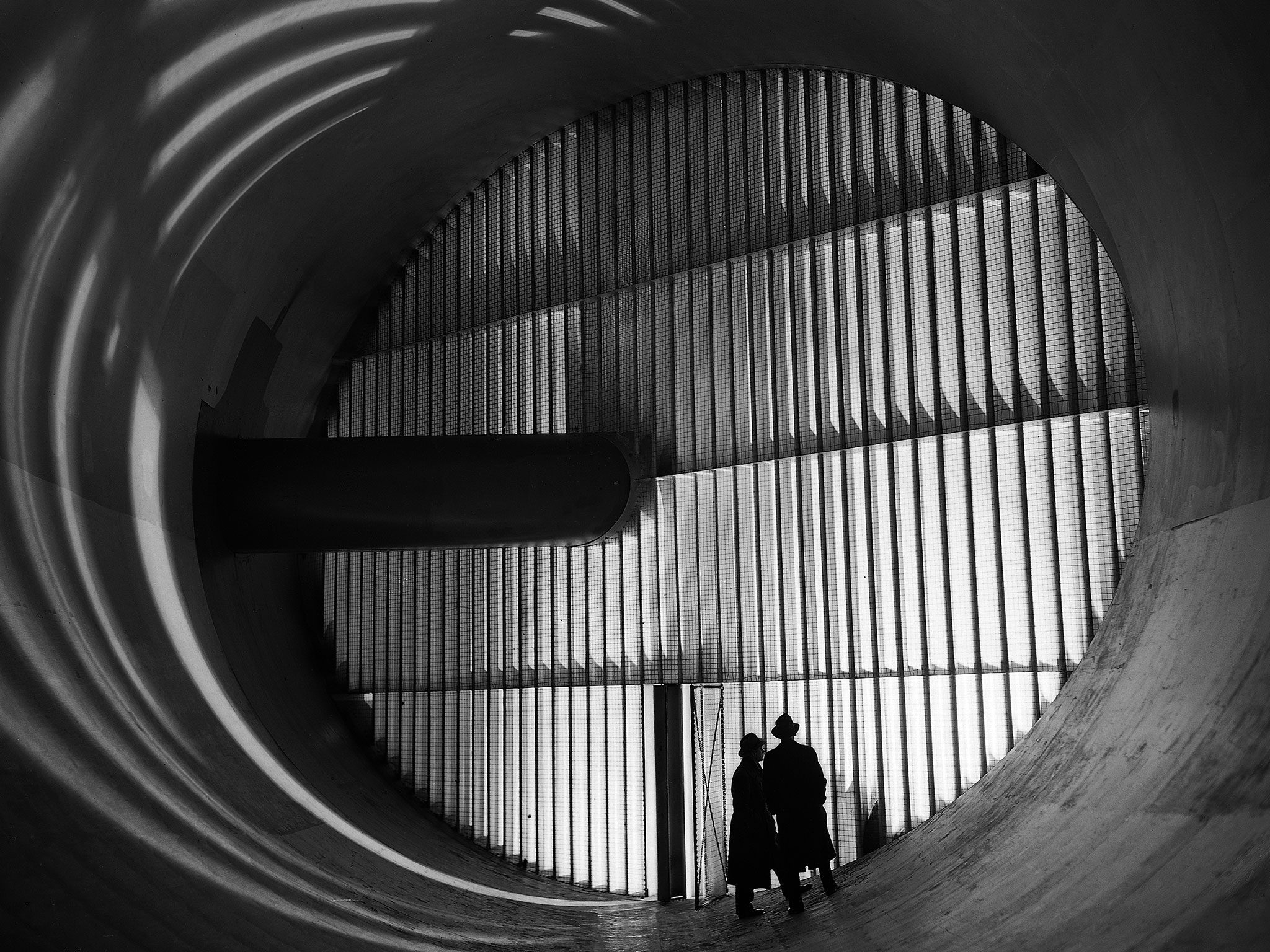Long-Ripple Gravitational Waves, Hinting at Supermassive Black Hole Mergers Detected
Scientists have detected long-ripple gravitational waves, suggesting the merger of supermassive black holes. This finding provides insights into the behavior of these colossal objects and their impact on galaxy formation.
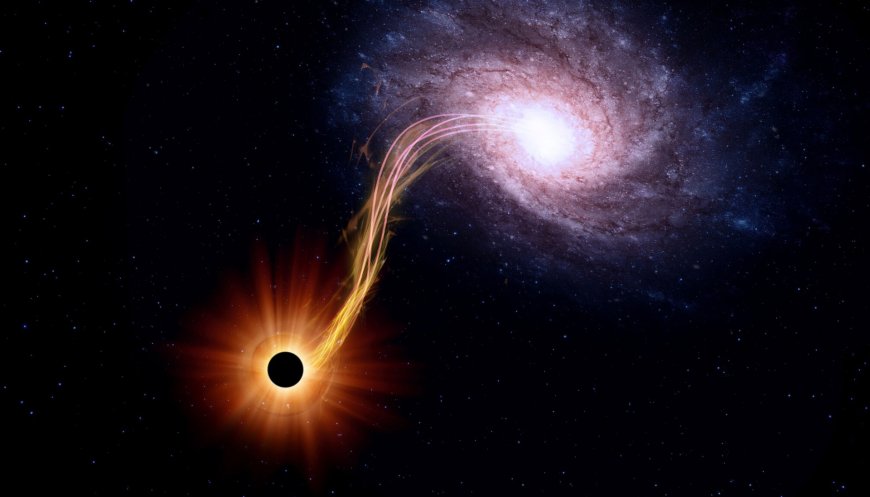
Scientists have reported the first clear evidence of gravitational waves with staggeringly long ripples, suggesting the existence of pairs of gargantuan black holes orbiting each other. If confirmed, this would be the first evidence that supermassive black holes can merge into a single entity. Previously, gravitational waves had been detected from smaller black hole mergers, but the new discovery opens up a new realm of investigation into the behavior of the most massive black holes. Gravitational waves are created by massive objects and cause ripples in the fabric of spacetime.
While smaller black hole mergers produce short-lived waves, the supermassive black holes generate continuous waves that permeate the universe. Detecting these waves required researchers to observe pulsars, dead remnants of stars that emit radio waves, and track their timing shifts caused by the stretching and squeezing of spacetime. By analyzing the correlation between different pulsars, the researchers confirmed the presence of gravitational waves.
The results provide insights into the demographics and behavior of supermassive black holes, shedding light on the formation and evolution of galaxies. Although the findings offer strong evidence for gravitational waves, further data analysis and collaboration between research teams are needed to solidify the detection. The origin of these waves, believed to be supermassive black holes, cannot be definitively confirmed, leaving room for more exotic explanations. Nonetheless, the study of gravitational waves is expected to have significant implications for future research.
Questions or comments on this article? E-mail us at news@sciencex.in
Reference:
G. Agazie et al. The NANOGrav 15-Year data set: Detector characterization and noise budget. Astrophysical Journal Letters. doi: 10.3847/2041-8213/acda88. June 28, 2023.
Image Credit:
What's Your Reaction?







